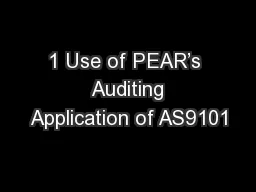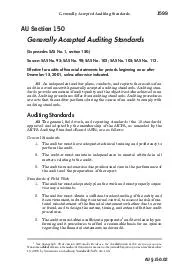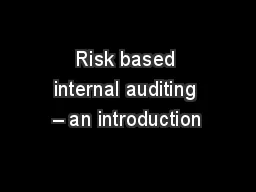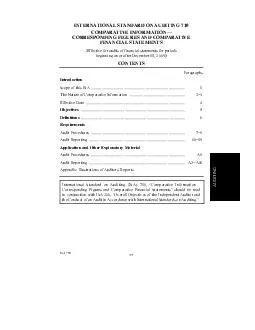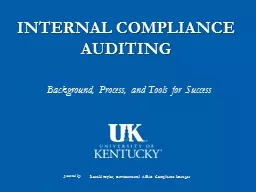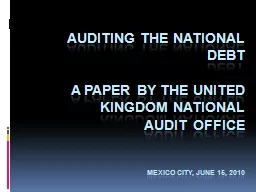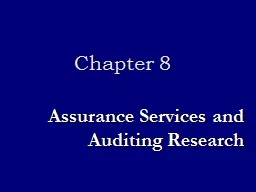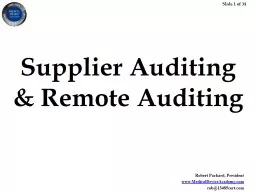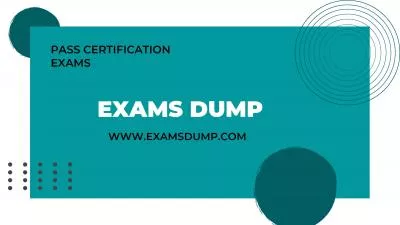PPT-1 Use of PEAR’s Auditing Application of AS9101
Author : yoshiko-marsland | Published Date : 2018-10-29
Boston MA July 2122 2011 Henry Gamboa UL DQS Aerospace Program Manager Michelle Barton UL DQS Senior Lead AssessorReviewer Auditor Workshop Boston MA July 2122
Presentation Embed Code
Download Presentation
Download Presentation The PPT/PDF document "1 Use of PEAR’s Auditing Application ..." is the property of its rightful owner. Permission is granted to download and print the materials on this website for personal, non-commercial use only, and to display it on your personal computer provided you do not modify the materials and that you retain all copyright notices contained in the materials. By downloading content from our website, you accept the terms of this agreement.
1 Use of PEAR’s Auditing Application of AS9101: Transcript
Download Rules Of Document
"1 Use of PEAR’s Auditing Application of AS9101"The content belongs to its owner. You may download and print it for personal use, without modification, and keep all copyright notices. By downloading, you agree to these terms.
Related Documents

